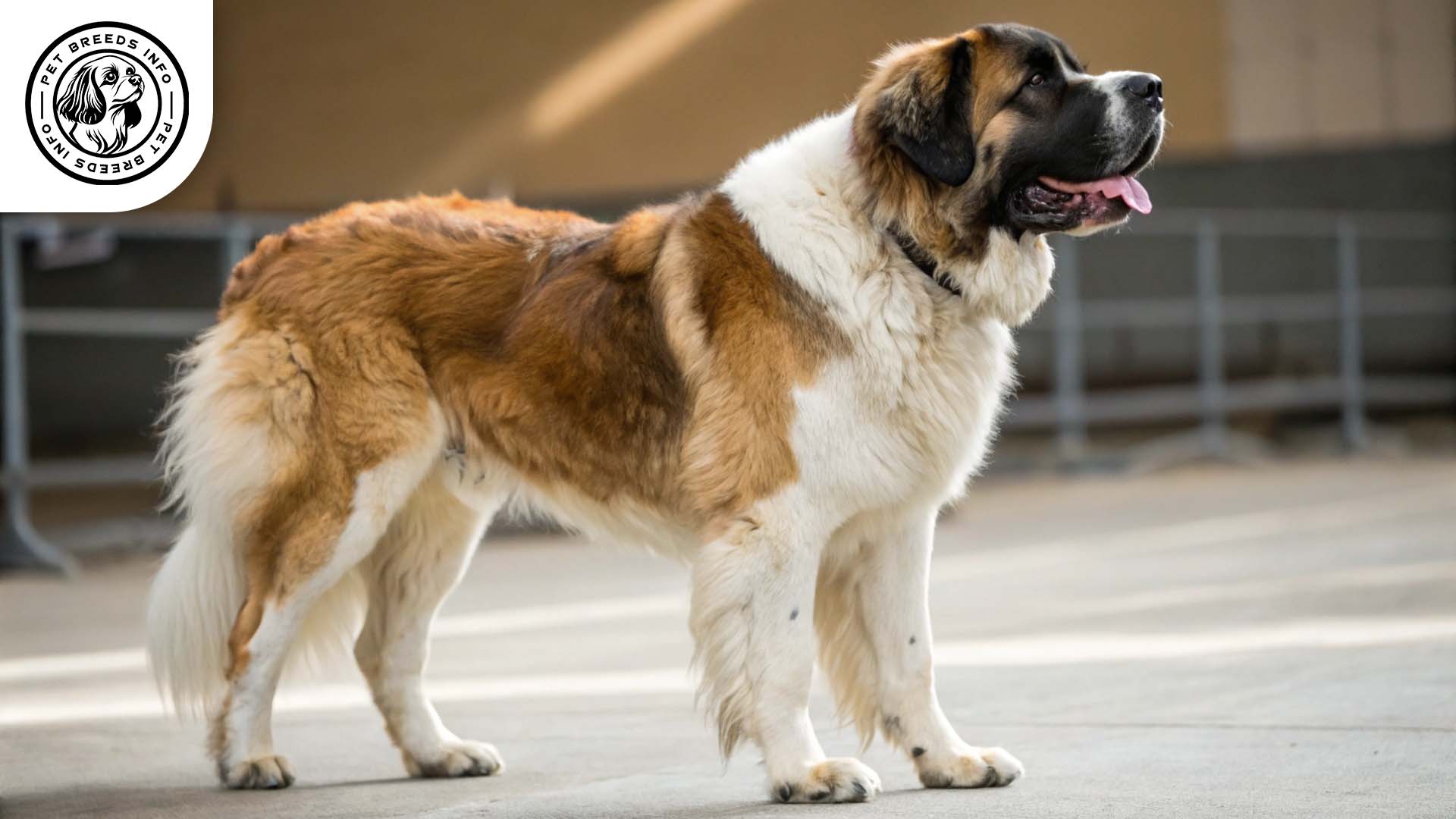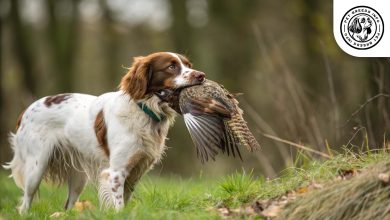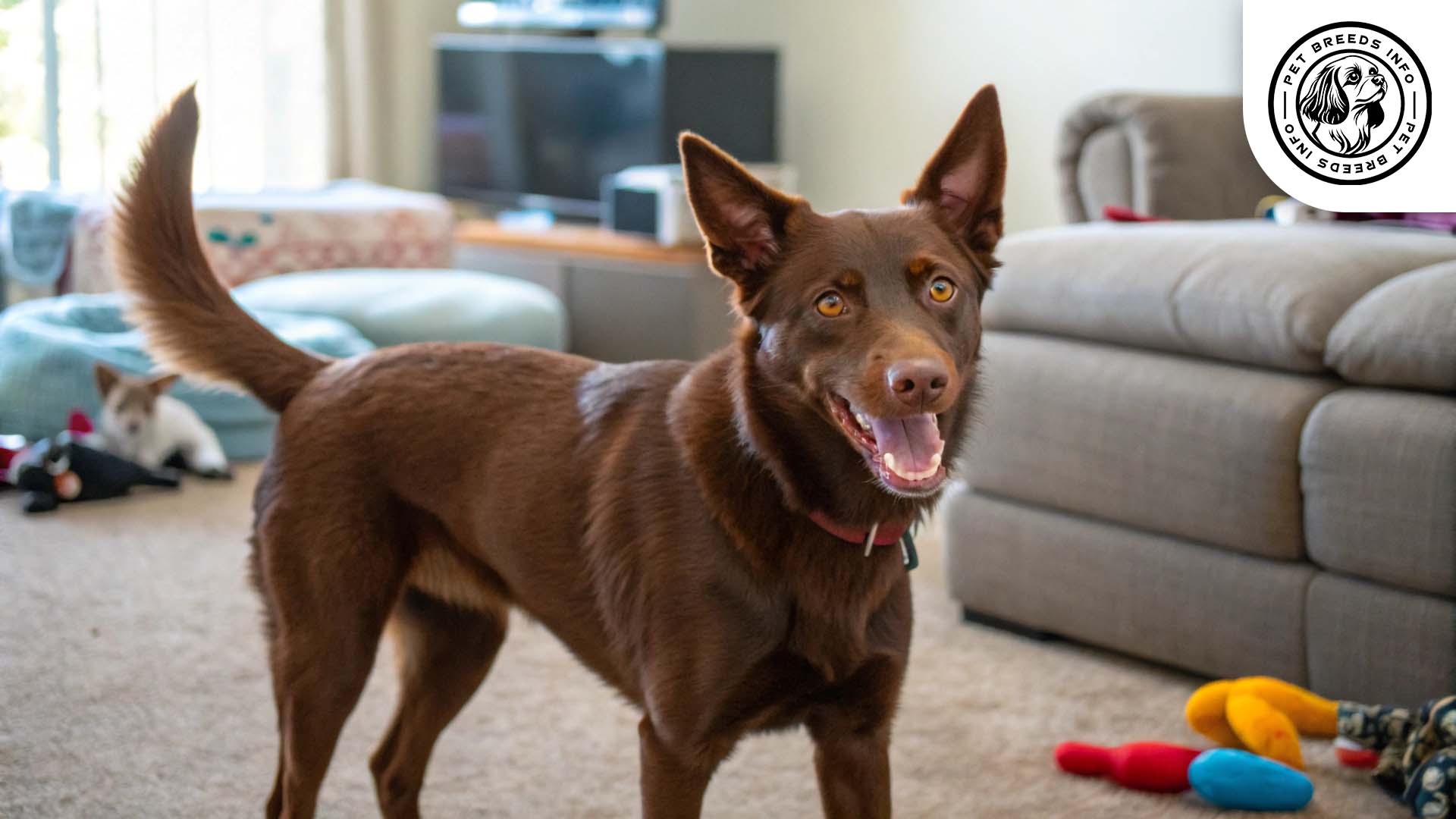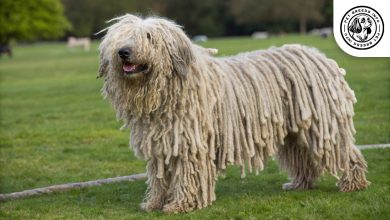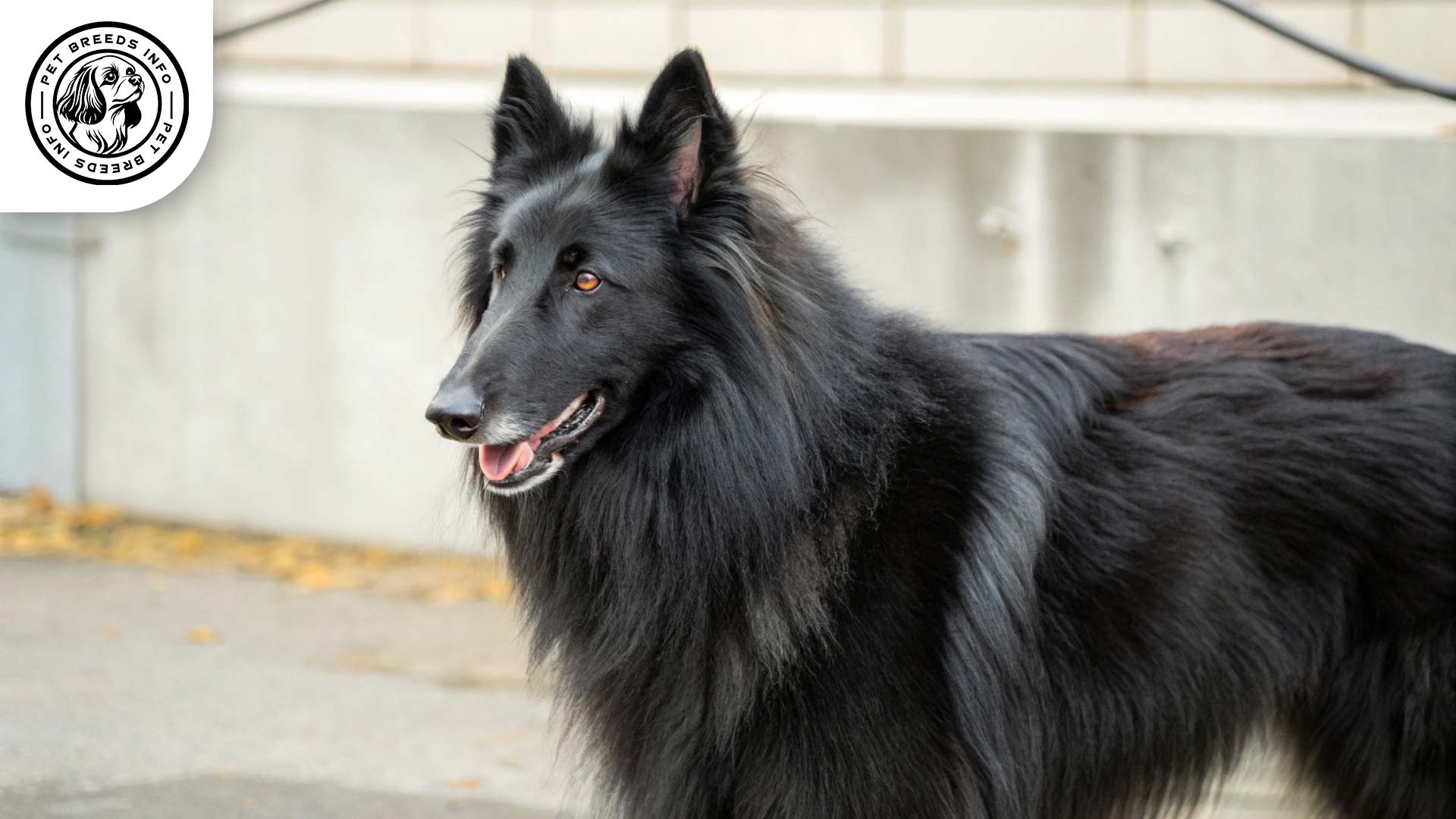Moscow Watchdog Breed: Size, Health, Price & Personality
General Introduction of the Breed
The Moscow Watchdog (Московская сторожевая) is a large and powerful guard dog breed that originated in Russia. Developed in the Soviet Union during the mid-20th century, this breed was created by crossbreeding the Saint Bernard with the Caucasian Shepherd. The goal was to produce a strong, intelligent, and protective dog with the endurance necessary for guarding and working in extreme conditions. The Moscow Watchdog is known for its loyal, obedient, and protective nature, making it an excellent family companion and guard dog.
Table of Contents
| Weight | 90-150 lbs (41-68 kg) |
| Height | 25-30 inches (64-75 cm) |
| Lifespan | 10-12 years |
| Coat | Thick, medium-length, double coat |
| Color | White with red, brown, or tan markings |
| Personality | Loyal, intelligent, protective, affectionate |
| Energy Level | Moderate to high |
| Diet | High-protein diet (dry kibble, raw, or fresh food) |
| Health Risks | Hip dysplasia, bloat, heart issues |
| Price | $1,000 – $3,500 |
Physical Characteristics
The Moscow Watchdog is a large, muscular breed with a strong and sturdy build. Males typically stand between 26 to 30 inches (66 to 75 cm) tall and weigh between 100 to 150 pounds (45 to 68 kg), while females are slightly smaller at 25 to 28 inches (64 to 71 cm) and 90 to 140 pounds (41 to 63 kg).
The breed has a thick, medium-length double coat that provides insulation against harsh weather. Common coat colors include white with red, brown, or tan markings.
The eyes are medium-sized, oval-shaped, and usually dark brown, giving the dog an intelligent and alert expression.
The ears are medium-sized, floppy, and set high on the head. The tail is long and bushy, often carried low but raised when alert.
Distinctive features include a broad head, strong muzzle, and a well-proportioned body that reflects its working heritage.
Personality and Temperament
The Moscow Watchdog is highly intelligent and learns commands quickly. However, it requires consistent training to fully develop its potential.
With a moderate to high energy level, this breed needs regular exercise to stay physically and mentally stimulated.
It is deeply loyal to its owners and forms strong bonds with family members. While protective, it is also affectionate when properly socialized.
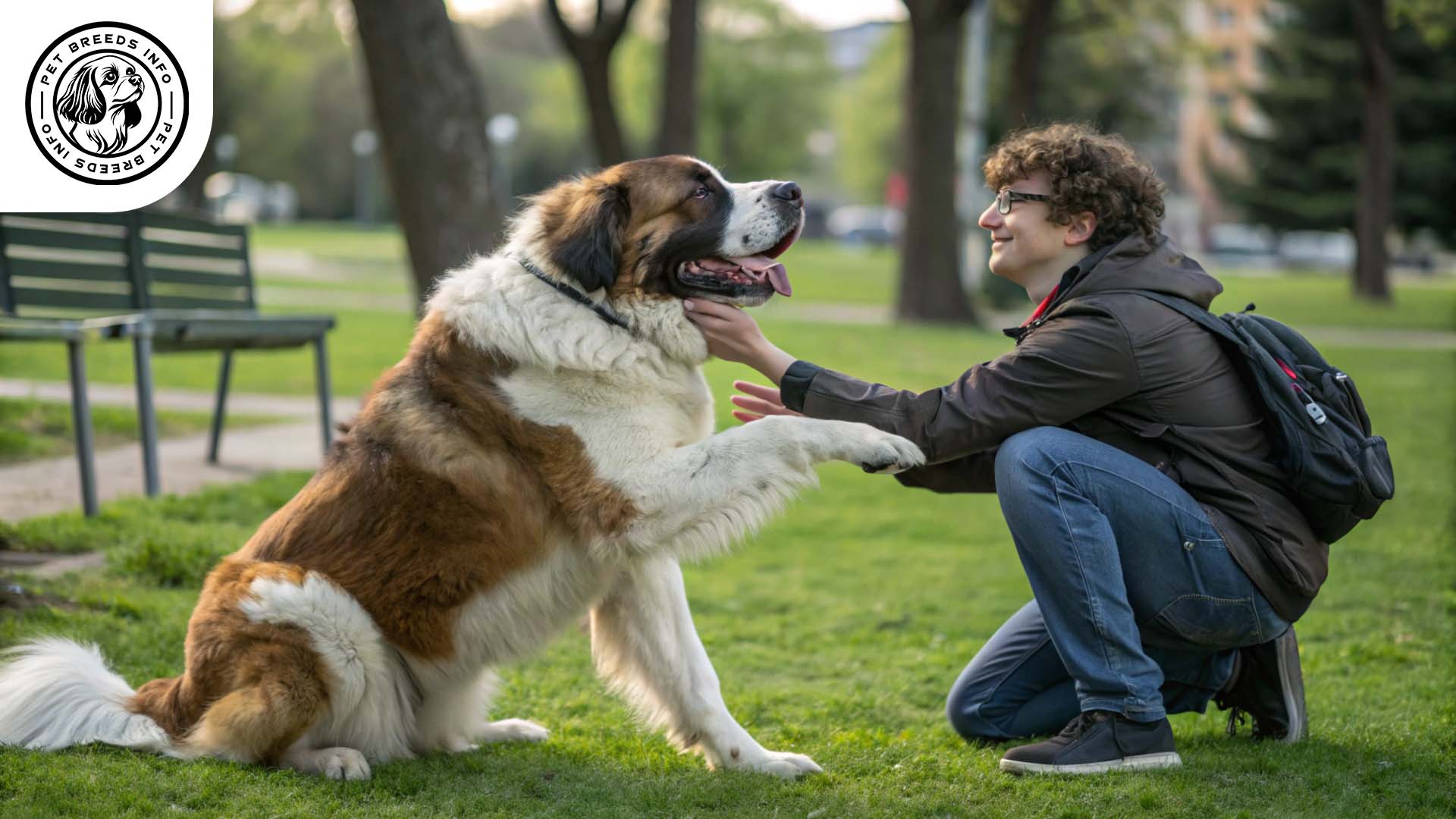
The Moscow Watchdog is generally good with children when raised alongside them but should always be supervised due to its large size.
Its protective nature means it can be wary of strangers but is not known for unnecessary aggression. Early socialization with other pets is important.
This breed does not possess a strong hunting instinct but enjoys engaging in playful activities.
It is relatively adaptable but thrives best in a structured and stable environment.
Read More: Grand Basset Griffon Vendéen Dog
Care and Maintenance Requirements
Daily exercise is necessary, including walks, playtime, or training sessions. A large yard is ideal for this breed.
Due to its size and energy, the Moscow Watchdog is better suited for homes with ample space rather than apartments.
Regular brushing is needed to manage shedding, which increases during seasonal changes. Bathing should be occasional to avoid stripping natural oils.
This breed is resistant to cold weather but can struggle in extreme heat. Ensure access to shade and water in warm climates.
Hygiene practices such as nail trimming, ear cleaning, and regular dental care are essential to maintain overall health.
Diet and Nutrition
The Moscow Watchdog benefits from a well-balanced, high-protein diet, whether dry kibble, fresh raw food, or a natural diet.
Avoid foods that contain artificial additives, excessive fats, or low-quality fillers, as these can contribute to health issues.
Chocolate, onions, grapes, and excessive fatty foods should never be given, as they can be toxic.
Feed adult dogs twice a day, with portion sizes depending on weight, age, and activity level.
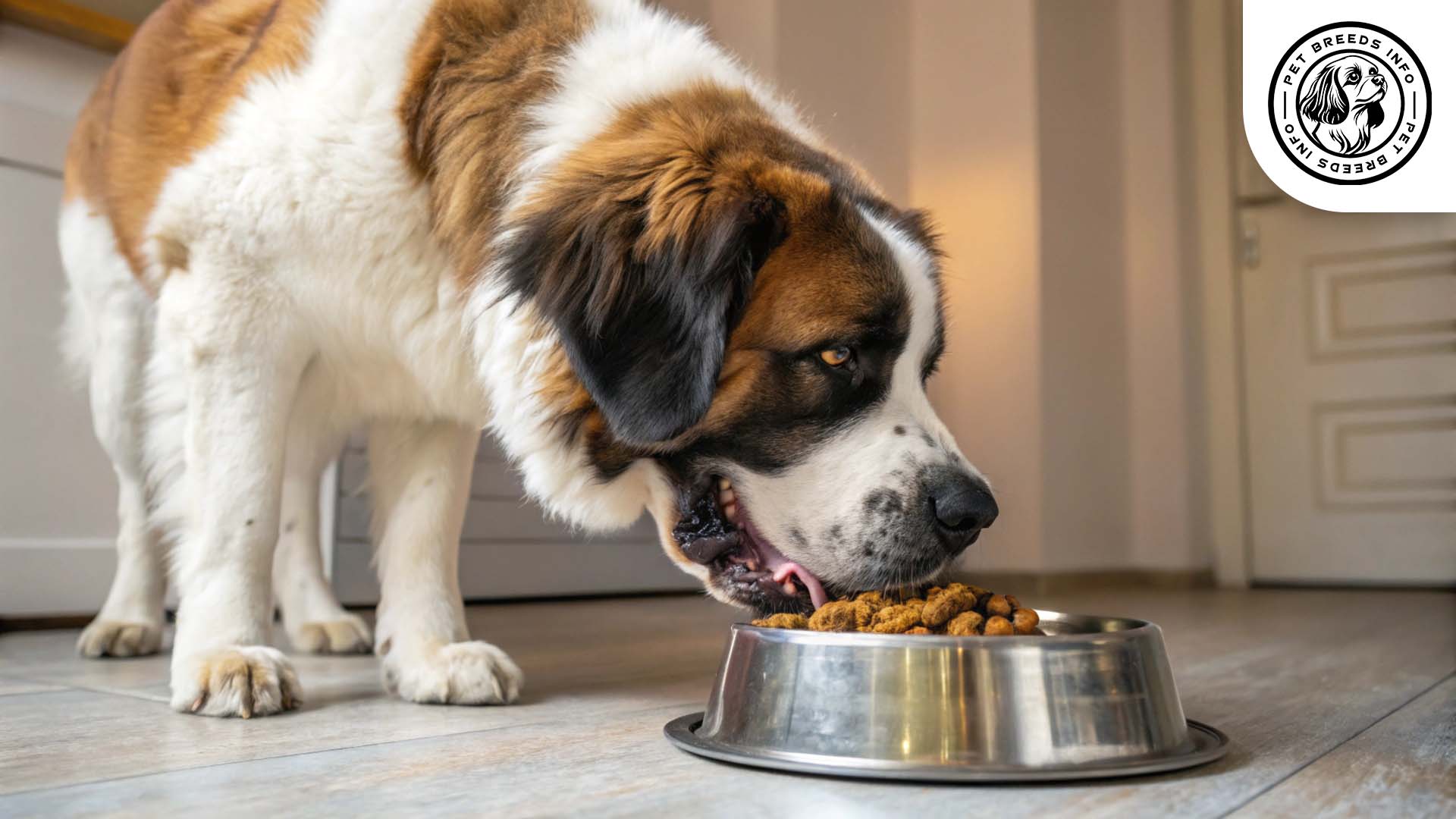
Health and Common Medical Issues
Common genetic health conditions in the Moscow Watchdog include hip and elbow dysplasia, heart issues, and bloat (gastric torsion).
They may be prone to joint and mobility issues, making a high-quality diet and proper supplementation important.
Read More: German Spaniel Dog
The average lifespan of this breed is around 10 to 12 years.
Routine vaccinations, flea and tick prevention, and annual veterinary checkups are necessary for long-term health.
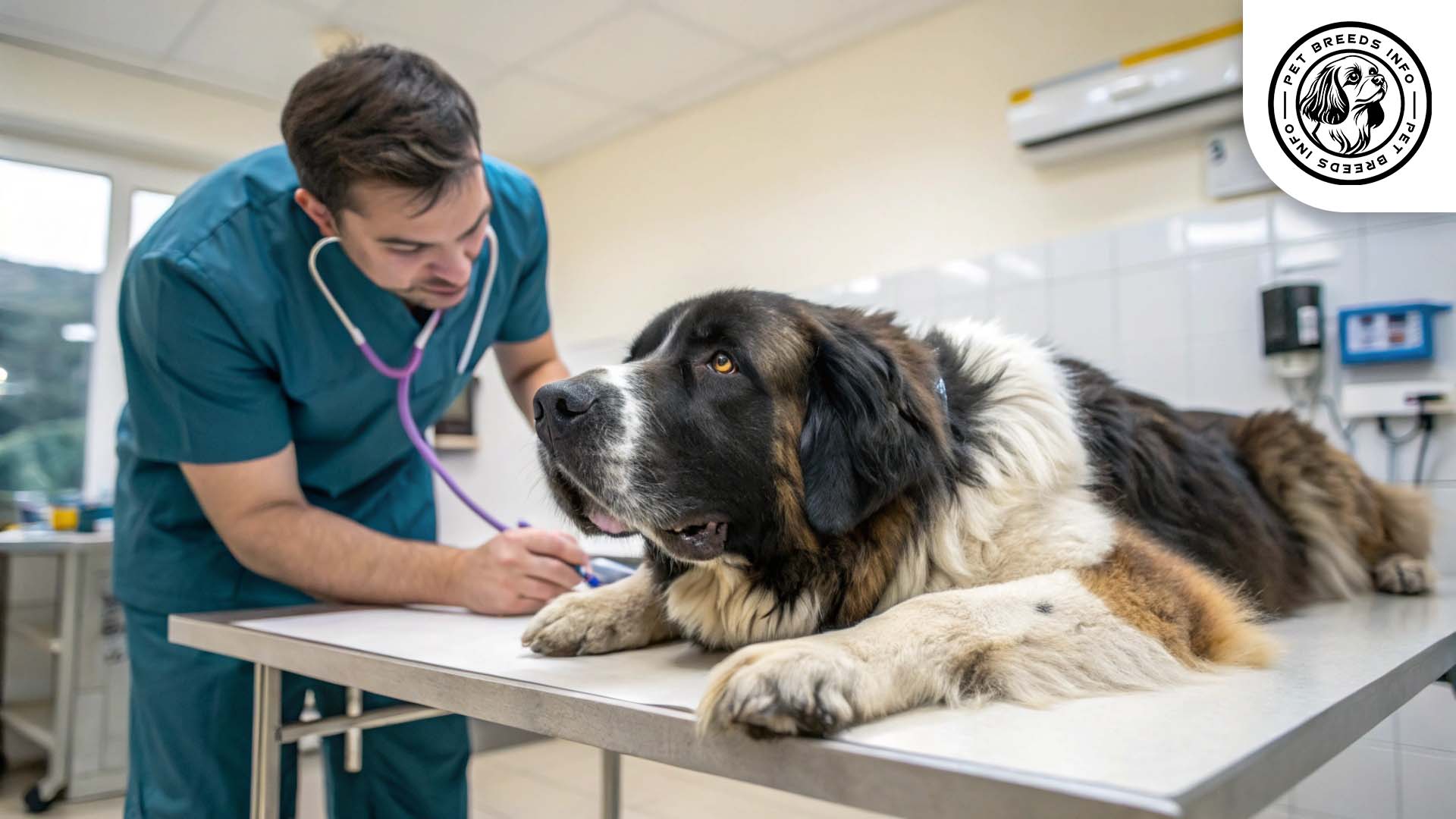
Training and Behavior Management
Training must start early, with firm but positive reinforcement techniques.
Consistency is key, as the breed can exhibit stubborn tendencies if not properly trained.
Basic obedience training and socialization with different environments and people should begin as a puppy.
Reward-based training and clear leadership help reinforce discipline while maintaining a positive relationship with the dog.
Interaction with Other Animals and Humans
The Moscow Watchdog is generally good with children but should always be supervised due to its size and strength.
With proper introduction and socialization, they can coexist with other household pets.
This breed thrives in a family setting but requires experienced owners who understand large working breeds.
While independent, the Moscow Watchdog forms strong bonds with its owners and enjoys companionship.
Price and Availability
The cost of a Moscow Watchdog puppy can range from $1,000 to $3,500, depending on breeder reputation and lineage.
Those looking to adopt should seek reputable breeders who prioritize health testing and ethical breeding practices.
Rescue organizations and breed-specific shelters may also have Moscow Watchdogs available for adoption.
Read More: German Longhaired Pointer Dog
Conclusion and Final Thoughts
The Moscow Watchdog is an excellent choice for experienced owners looking for a large, loyal, and protective family companion.
It thrives in spacious homes with active families and benefits from consistent training and exercise.
Potential owners should be prepared for its size, grooming needs, and strong protective instincts.
With proper care, training, and socialization, the Moscow Watchdog makes a devoted and affectionate guardian.
FAQ
Is the Moscow Watchdog good with kids?
Yes, it is affectionate and protective, making it a good family dog. However, due to its large size, supervision is needed when interacting with small children.
Does the Moscow Watchdog require a lot of exercise?
It requires daily walks and playtime to stay fit and mentally stimulated. A large yard is ideal, but regular outdoor activities are essential.
Is the Moscow Watchdog easy to train?
It is intelligent but can be stubborn, requiring consistent, firm training. Positive reinforcement and early socialization are key to good behavior.
How does the Moscow Watchdog behave with strangers and other animals?
It is naturally protective and wary of strangers but loyal to its family. With proper socialization, it can get along with other pets, but introductions should be gradual.
What are the main health concerns for the Moscow Watchdog?
Common issues include hip dysplasia, heart problems, and bloat. Regular vet checkups, a balanced diet, and controlled exercise help maintain good health.
